|
I wrote a blog about this subject before, which can be found here. The information contained in that blog is still relevant to this conversation and walks you through the challenges for traditional three-tier architecture and how the industry, specifically VMware, has addressed those challenges. In this blog, I will be updating the vision that VMware has laid out for the hybrid-cloud, which is comprised of VMware Cloud on AWS and VMware Cloud Foundations. To better understand this journey and how we have arrived at this vision of Any Device, Any Application, and Any Cloud, take a look back at the previous blog. Let's begin with an overview of VMware Cloud on AWS. Quick Overview of VMware Cloud on AWSVMware Cloud on AWS is a jointly engineered and integrated cloud offering developed by VMware and AWS. Through this hybrid-cloud service, organizations can deliver a stable and secure solution to migrate and extend their on-premises VMware vSphere-based environments to the AWS cloud running on bare metal Amazon Elastic Compute Cloud (EC2) infrastructure.
VMware Cloud on AWS has several use case buckets that most customers find themselves falling into some overlap. The first of these use cases is for organizations looking to migrate their on-premises vSphere-based workloads and to extend their capacities to the cloud with the data center extension use case. The next, is for organizations looking to modernize their recovery options, new disaster recovery implementations, or organizations looking to replace existing DR infrastructure. The last one that I will mention, is for organizations looking to evacuate their data centers or consolidate data centers through cloud-migrations. This is great for organizations looking at data center refreshes. VMware Cloud on AWS is delivered, sold, and supported by VMware and its partners like Sirius Computer Solutions, a Managed Service Partner. Available in many AWS Regions which can be found here and growing. Through this offering organizations can build their hybrid solutions based on the same underlying infrastructure that runs on VMware Cloud on AWS, VMware Cloud Foundations.
0 Comments
Day 1 began with the general session, where VMware Executives presented to the partner community and reinforced the importance of the partner as the unsung heroes helping to drive the VMware business and most importantly driving value for their customers.
The movement toward a hybrid cloud, software defined data center, has been on-going for years now. We have seen the virtualization of compute, storage, and now networking. In this blog, I will be discussing this journey: where we started, where we are going, and why you want to be on this journey. Traditional data center models are still very prevalent and accepted by organizations as the defacto model for their data center(s). If you have ever managed a traditional data center model, then you know the surmounting challenges we face within this model.
What comprises the traditional data center model? A traditional data center model can be described as heterogeneous compute, physical storage, and networking managed by disperse teams all with a very unique set of skills. Applications are typically hosted in their own physical storage, networking, and compute. All these entities-physical storage, networking, and compute- increase with the growth in size and number of applications. With growth, complexity increases, agility decreases, security complexities increase, and assurance of a predictable and repeatable production environment, decrease. Characterizations of a Traditional Data Center:
Challenges around supporting these complex infrastructures can include things like slow time to resolution when an issue arises due to the complexities of a multi-vendor solution. Think about the last time you had to troubleshoot a production issue. In a typical scenario, you are opening multiple tickets with multiple vendors. A ticket with the network vendor, a ticket with the hyper-visor vendor, a ticket with the compute vendor, a ticket with the storage vendor, and so on and so on. Typically, all pointing fingers at each other when we all know that fault always lies with the database admins. The challenges aren't just around the complexities of design, day to day support, or administration, but also include challenges around lifecycle management. When it comes to lifecycle management, we are looking at the complexities around publishing updates and patches. If you are doing your due diligence, then you are gathering and documenting all the firmware, bios, and software from all the hardware involved for the update/patch and comparing that information against Hardware Compatibility Lists and Interoperability Lists to ensure that they are in a supported matrix. If not, then you have to update before going any further. This can be extremely time consuming and we are typically tasked with testing in a lab that doesn't match our production environment(s) ensuring we don't bring any production systems down during the maintenance window. Security these days can be more of that traditional, needle in a haystack approach, than a true centric security approach to include analytics and alerting. VMware is again shifting to a new paradigm, and that was evident from all the products and messaging that came out of VMworld 2017.
Security is on the forefront of all of our minds and VMware, as the leader in data center technologies, wants to lead the conversation and be the foundation that you are laying down to protect your data, along with adding significant value to you with their partnerships in the security space, like the new partnership announced with IBM around their security products like QRadar. With increasing attacks on our data centers, take Equifax for example, we must first look at one of our most significant portions of our security foundation, ESXi and work to secure that. We typically start with securing the physical and the edge, throw in some anti-virus and call it secure, but are we secure? When it comes to data center security, we must start with our foundation, ensure that we have designed it to follow recommended best practices, then evaluate the gaps, and add in products to get us the rest of the way there. This also includes following best practices for end-user access of the environments and not being "lazy" admins just to skip a few steps. We have to lean on trusted partners like Sirius that have developed a security practice that can help us navigate the waters of security because the landscape of security products is immense, as you can see from the picture below. vRealize Network Insight or vRNI is the newest addition to the range of products from VMware. vRealize Network Insight integrates with VMware's network virtualization platform, NSX. vRNI delivers intelligent operations for your software defined network environment. vRNI does for your virtualized network what vRealize Operations does for your virtualized environment, but only to the SDN environment. With the help of this product you can optimize network performance and availability with visibility and analytics across virtual and physical networks. Provide planning and recommendations for implementing micro-segmentation security, plus operational views to quickly and confidently manage and scale VMware NSX deployment.
Let's take a step back and discuss, briefly, what VMware NSX is and why you should, as a technologist, care about it. NSX is an innovative approach to solving long-standing network provisioning bottlenecks within the data center, and it allows for the integration of switching, routing and upper-layer services into an integrated application and network orchestration platform. With an overlay solution that may not require hardware upgrades, NSX offers customers a potentially quicker way of taking advantage of SDN capabilities by decoupling the network from hardware into a software abstraction layer allowing the end-user to programmatically create, provision and manage networks. Essentially, NSX is doing for your network what vSphere did for your compute environments and we have typically virtualized the compute and storage with vSAN, so adding network virtualization brings the full vision of SDDC giving you a lot of benefits like single pain of glass to manage your environments within vCenter, which a lot of us are already familiar with. With NSX you gain visibility into your network that you may not have today while allowing for division of duties in a secure manner. NSX technology inception is on the rise and as of today, VMware has over 2,600 customers that have implemented NSX and over 50% increase in license bookings. Back on February 2nd, VMware announced two new products, VMware NSX for vSphere 6.3 and VMware NSX-T 1.1, and the adoption rate has reached new heights for VMware, as Chief Executive Pat Gelsinger mentioned in the Q4 2016 earnings that NSX is on track to bring in $1 Billion in revenue this year. That is impressive especially if you take into account the initial slow adoption rate of NSX. The customer focused demand for tighter security in the data center with NSX and Micro-Segmentation, Automating IT provisioning while increasing efficiency, and Application Continuity is helping to drive the success of NSX into corporate IT. So what is NSX anyway? As I mentioned in a previous blog, NSX is an innovative approach to solving long-standing network provisioning bottlenecks within the data center, and it allows for the integration of switching, routing and upper-layer services into an integrated application and network orchestration platform. With an overlay solution that may not require hardware upgrades, NSX offers customers a potentially quicker way of taking advantage of SDN capabilities by decoupling the network from hardware into a software abstraction layer allowing the end-user to programmatically create, provision and manage networks. Let's take a look at what's new in version 6.3. You can see the announcement from VMware here. Security: VMware is bringing some new capabilities to security in NSX with Application Rule Manager, available in NSX Advanced and Enterprise editions. Application Rule Manager is responsible for the creation of security groups and firewalls for applications based on network traffic flows which is a sequence of packets from a source computer to a destination, which may be another host, a multicast group, or a broadcast domain. This along with Endpoint monitoring, available in NSX Enterprise, enables you to set profiles for applications inside the guest OS. This gives you end-to-end visibility into applications while simplifying the profile creations. It is good to note that for security certification and requirements:
Here are a few other updates in NSX 6.3:
Automation: Software Defined Networking with NSX rounds off the Software Defined Data Center vision of VMware, bringing the ability to automate the provisioning of what once was, very manual physical networks, and the security of them. VMware continues to enhance the integration of NSX Load Balancers with vRealize Automation and offer support for third-party IP Address Management (IPAM) systems. VMware has also enhanced the integration with NSX for vSphere and vCloud Director. These new enhancements will enable new multi-tenant capabilities for our vCloud Air Network partners. Some other new features found in Automation for 6.3:
Application Continuity: As the adoption of NSX increases VMware is seeing more and more uses cases around Active-Active data center architectures utilizing the network overlay capabilities of NSX allowing for true workload mobility while maintaining ip addresses and consistent security policies across data centers. New enhancements in security tagging while simplifying security policy management across multiple data centers will help to ensure a consistent and reliable virtual network in a multi-vCenter deployment. In NSX 6.3 there is also a new ROBO SKU introduced which allows you to take advantage of all these features in a ROBO solution allowing you to simplify the security and management across remote branch offices. Here are a few other features introduced in NSX 6.3:
NSX-T The focus for NSX-T is around emerging application frameworks and architectures like private IaaS on OpenStack and multi-hypervisor support for development teams using dev clouds. NSX-T supports multiple KVM distributions, within the hypervisor kernel, while delivering security with the use of distribute firewalls, logical switches and distributed routers; This includes Red Hat Enterprise and Ubuntu. This means freedom of choice to technologists allowing them to choose what's best suited for their applications. Integration with VMware Photon allows IT to deliver security and services to their developers that are building containerized and cloud native applications. NSX can automate the creation of networks and routers when a new namespace/project/organization is created and then secure it all with micro-segmentation policies for containers and pods. Pricing As noted above you now have standard, advanced, and enterprise editions. According to CRN, NSX Enterprise is $6,995 per CPU socket; Advanced costs $4,495 per socket and Standard will cost $1,995 per socket. See VMware NSX for more information. If you are interested in learning more and getting some hands-on lab time with NSX, take a look at VMware's hands-on labs, here.
VMware announced VMware Cloud Foundation back in the general session of VMworld 2016. Cloud Foundation is a unified platform for private and public clouds. Let's start with defining the term "Clouds". This term has been thrown around a lot and some take this term as "In the Cloud" off premises platforms, but some use the term more all inclusive which includes both "On-Prem" and "Off-Prem" platforms. Wikipedia defines this term as "computing that provides shared computer processing resources and data to computers and other devices on demand". For this blog I am using the definition of cloud as the latter. I think of cloud as all inclusive of both off and on-prem platforms for providing resources. I know some feel as though cloud was meant to replace the "on-prem" private cloud and yes, that will ultimately be the direction in years to come, but for now we live in a world of hybrid-cloud and that is what Cloud Foundation is here to assist us with. Now that we have cleared that up, let's move on to Cloud Foundation from VMware. Cloud Foundation brings together, VMware's vision for SDDC where compute, storage, and networking services are decoupled from the underlying hardware and abstracted into software as pools of resources allowing for IT to become more flexible and agile while also allowing for better management, into an integrated stack for cloud. This is done by defining a platform common to both private and public clouds. The foundational components of Cloud Foundation are VMware vSphere, Virtual SAN, and NSX and can be packaged with vRealize Suite to bring automation into the picture. If you are not familiar with the vRealize Suite from VMware let's just take a moment to discuss this. The vRealize Suite is a software defined product suite built to enable IT to create and manage hybrid clouds. It includes products like IT Business Enterprise, which VMware just sold off, and is an IT financial management tool to manage and analyze cost associated with IT services. It also includes vCloud Automation Center, vCenter Operations Management, and LogInsight. The management for Cloud Foundation is VMware's SDDC Manager. SDDC Manager serves as a single interface for managing the infrastructure. From this interface, the IT administrator can provision new cloud resources, monitor changes to the logical infrastructure, and manage lifecycle and other operational activities. The idea here is a single pane of glass for management along with monitoring of all your cloud environments whether it be on-prem, IBM-Cloud, AWS, etc., providing ongoing performance management, capacity optimization, real-time analytics, and cloud automation. Cloud Foundation allows for a flexible solution allowing for on-prem and off-prem deployment options and can be deployed on-prem or off-prem as a service. You can choose on-prem options like integrated solutions from OEM providers such as VCE with hyper-converged systems and VSAN ready nodes from Dell. Cloud Foundation will help to reduce the complexities faced with cloud strategies to date. The idea of "who cares where your data resides as long as it it secure and accessible" comes to mind. You can have applications being delivered from multiple clouds whether on or off-prem, Azure, or AWS. IT only needs a single pane of glass to monitor and manage these environments while also allowing for IT and management to track related costs. Ultimately giving IT the agility of migrating between cloud platforms when needed. A use case for this would be a merger and acquisition of a company with a hybrid cloud environment. Cloud Foundation would help manage the complexities involved with integrating those resources into your own environment while maintaining security and the integrity of your current environment. VMware announced alongside the Cloud Foundation announcement at VMworld 2016 the new partnership with IBM Cloud. This allows companies to have choice in deploying SDCC whether it be on-prem in their own private data center(s) or with IBM. This solution is based with Cloud Foundation and allowing VMware customers to seamlessly extend private to public. Again, the software stack includes VMware vSphere, Virtual SAN, NSX, and VMware SDDC Manager. VMware SDDC Manager was announced back at VMworld 2015 and combined with Cloud Foundation is just the next step toward IoT with what VMware states as "Any Cloud, Any Application, Any Device". The SDDC Manager allows for a simplified management of a highly distributed architecture and resources. Cloud foundation integrates with the entire VMware stack which includes Horizon, vRealize Suite, vRealize Automation, vRealize Business, OpenStack and products like LogInsight. With Cloud Foundation natively integrating the software-defined data center stack and SDDC Manager, customers can flexibly upgrade individual components in the stack to higher editions allowing for flexibility in lifecycle management which consumes large amount of time in traditional IT. With Cloud foundation you can automate the entire software stack. Once the rack is installed and powered on with networking to the rack, the SDDC Manager takes the BOM that was built with your partner like Advizex, and includes user-provided environmental information like DNS, IP addresses, etc. to build out the rack. The claim is that this can reduce the provisioning time from weeks to hours which for those of you that have done this in a non-automated fashion can attest to how painful the process can be. When complete you have a virtual infrastructure ready to start deploying and provisioning workloads. In the complexities of traditional IT with silos, it takes extensive resources to provision a highly available private clouds, but with Cloud Foundation an administrator only needs to create and manage pools of resources decreasing the time to delivery of IT resources for consumption by the end-user whether it be a vm or a virtual desktop. This is done through a new abstraction layer called, Workload Domains. Workload Domains are a policy-driven approach for capacity deployment. Each workload domain provides the needed capacity with specified policies for performance, availability and security. An admin can create a workload for dev/test with a balanced performance and low availability requirement while also creating one for production with high availability and high performance. The SDDC Manager translates these policies into the underlying resources of compute which allows for the admin to concentrate on higher level tasks instead of spending time researching how to best implement. Lifecycle management introduces a lot of complexities which are typically manual process to patch and upgrade and can lead to issues within an infrastructure due to interoperability and configuration errors. In turn the validation and testing of these patches takes a lot of time away from an IT staff. Sometimes patches get deployed before they have been vetted correctly for security and other reasons or defer patches which can slow down the roll-out of new features, etc. SDDC Manager automates these tasks for both physical and virtual infrastructures. VMware tests all the components for the Cloud Foundation before shipping new patches to the customer. Within the lifecycle management of Cloud Foundation you can choose to apply the patches to just certain workloads or the entire infrastructure. SDDC can patch the vms, servers and switches while maintaining uptime thereby freeing resources to focus on business critical initiatives. Scalability is built into the platform within a hyper-converged architecture. You can start with a deployment as small as 8 nodes, and scale to multiple racks. Capacity can be added linearly in increments as small as one server node at a time within each rack allowing IT to align CapEx with business needs. Cloud Foundation automatically discovers any new capacity and adds it into the larger pool of available capacity for use. Some main use cases for Cloud Foundation are; Virtual Infrastructure allowing IT to expand and contract the underlying infrastructure to meet their changing business needs; IT Automating IT allowing IT accelerate the delivery and ongoing management of infrastructure, application and custom services, while improving overall IT efficiency; Virtual Desktop making VDI deployments faster and more secure. Administrators can focus on specifying the policies and needs of the VDI infrastructure instead of dealing with the details of deploying the VDI infrastructure. To learn more about VMware's Cloud Foundation you can visit the product page here.
You can also get hands-on with the product from the hands-on lab provided online from VMware. HOL-1706-SDC-5 - VMware Cloud Foundation Fundamentals Back in July of 2016, VMware issued a Field Advisory, announcing bugs for the release of NSX for vSphere 6.2.3. VMware urged its user community, not to upgrade to this version and if you had they came out with a 6.2.3.a release to resolve the issues. The issues that VMware found were that both primary and secondary HA nodes would be placed into Active State, causing network disruption and issues related to the DFW rules causing traffic disruptions.
VMware has now released, back in August, the new version 6.2.4 for GA. This release includes some critical bug fixes previously identified which includes a critical input validation vulnerability for sites that use NSX SSL VPN. You can see the full list what's new in the release notes. Most of the new features were already discussed by me in a previous post you can find here. In this new version the only thing listed as new is a new feature around "Firewall Status API". VMware also has announced the End of Availability (EOA) and End of General Support (EOGS) for Cloud Networking and Security 5.5.x. The date is September 19, 2016 for both. You can see a list of NSX trending issues here. VMware announced on June 9th, 2016 the new version of the NSX platform version 6.2.3. A minor release to their network virtualization platform. The NSX solution is an innovative approach to solving long-standing network provisioning bottlenecks within the data center, and it allows for the integration of switching, routing and upper-layer services into an integrated application and network orchestration platform. With an overlay solution that may not require hardware upgrades, NSX offers customers a potentially quicker way of taking advantage of SDN capabilities by decoupling the network from hardware into a software abstraction layer allowing the end-user to programmatically create, provision and manage networks. What's NewNetworking and Edge Services
The release notes for NSX for vSphere 6.2.3 can be found here.  Disruptive innovation, is a term coined by Clayton Christensen. The term describes a process by which a product or service takes root initially in simple applications at the bottom of a market and then relentlessly moves up market, eventually displacing established competitors. For example, take a look at what a company like Uber has done to the taxi service in San Francisco. They don't hire drivers like Yellow Cab. They don't own a fleet of cars. They built an application. An application that has been very disruptive to the taxi industry and is changing the landscape of ride-hailing services. Thanks to Uber, San Francisco's largest yellow cab company is filing for bankruptcy. Yellow Cab Co-op President Pamela Martinez was quoted saying that some of the financial setbacks "are due to business challenges beyond our control and others are of our own making." Yellow Cab's drivers are flocking to Uber, an app-based enterprise, lured by the promise of more riders and better schedules. Yellow Cab has been turned on its head by a disruptive innovation. Uber has disrupted the ride-hailing service industry with a lasting impact which is now moving across the county. Why do I point this out? Because, you are either being disrupted or are the disrupter. Think about that for a second. Ask Yellow Cab how it feels to be disrupted in an industry they felt very secure in before an application took over. Look at companies like Blockbuster. I bet you can tell me who disrupted them? Got it in your mind? Blockbuster in its peak in 2004 consisted of nearly 60,000 employees and over 9,000 store locations. In 2000 a fledgling company came on the seen slowly changing the landscape of the movie rental industry and eventually bankrupting Blockbuster in 2010. If you were thinking of Netflix then you are correct. Now a $28 billion dollar company, about ten times what Blockbuster was worth. Blockbuster has been greatly disrupted and is reinventing itself. You can either be disrupted or be the disrupter as with VMware. They have been a disruptive force in the technology industry from their entry with vSphere to their latest creations like SDDC, vSAN and NSX. VMware's vSphere changed the landscape of compute forever, moving cpu, memory, etc. into software, removing the dependency on hardware and has now become the most popular infrastructure management API in use today. Disruption doesn't happen overnight; Disruption happens gradually. Remember, the term "Disruptive Innovation," is taking root and relentlessly moving up the market. Uber didn't overtake Yellow Cab overnight just as with Blockbuster. A disruptor was introduced and slowly moved to overtake the industry. The same is true for vSphere. Industry leaders were hesitant to adopt such a drastically different technology but now this tried, tested and proven technology is the leader in x86 server virtualization infrastructure. VMware continues to be a disruptive force in the technology industry. Look at the movement to hyper-converged. Hyper-converged is about software, not hardware. Hyper-converged derive from being able to support all infrastructure in software, and without the need for separate dedicated hardware, such as a storage array or fibre channel switch. And, what is the core software technology in just about every hyper-converged product available today? VMware vSphere and the Software Defined Data Center.
VMware is disrupting the way that we have traditionally approached the data center. Fully virtualized infrastructure, delivered on a flexible mix of private and hybrid clouds. I'm sure you have all heard the mantra, "One Cloud, Any application, Any Device." This is the next evolution in data center technology and VMware continues to lead disruptive change with products like NSX for Software Defined Networking (SDN). NSX like vSphere has had a slow adoption. I find myself having the same conversations with customers that I had when vSphere was introduced. You don't have to convince customers of the value of vSphere anymore. The speed of adoption is picking up and VMware saw an increase of threefold in the number of paying customers for its NSX network virtualization product and in Q4 of 2015 9 out of 10 VMware deals included NSX. The NSX solution is an innovative approach to solving long-standing network provisioning bottlenecks within the data center, and it allows for the integration of switching, routing and upper-layer services into an integrated application and network orchestration platform. With an overlay solution that may not require hardware upgrades, NSX offers customers a potentially quicker way of taking advantage of SDN capabilities. NSX is that disruptor in the networking industry bringing agility to existing network deployments with limited impact to existing network hardware and offering all of this without vendor lock-in. VMware NSX works across many IP-based network installations and in virtual environments running mainstream hypervisors and has established relationships with a broad set of IT vendor partners to provide integration of security and optimization solutions, as well as key network hardware players, such as Palo Alto, Arista Networks, Brocade, Dell, HP and Juniper Networks. Remember back in the beginning of this blog where I quoted President Pamela Martinez as saying that some of the financial setbacks "are due to business challenges beyond our control and others are of our own making." Some challenges were of their own making. Remember too that disruptive innovation happens over a period of time. It took 10 years for Netflix to overtake Blockbuster. Could Blockbuster have moved quicker to insue their spot as the leader in the online movie rental industry? The same is true with VMware and vSphere. This disruptive innovation took time to take hold and now it is still a driving force to change the industry with SDDC. VMware NSX is picking up steam and is in the heart of every hyper-converged to hybrid-cloud solution that companies are moving toward. The question is will you be disrupted or be part of the disruption? I want to be part of the disruption and drive change in an exciting time to be a part of this industry. Will you be disrupted or will you help disrupt? It's a call to action; To be the disruptive force that your company doesn't even know it needs because NSX will do for networking what vSphere did for compute. Disrupt or be disrupted. |
RecognitionCategories
All
Archives
April 2024
|
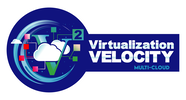
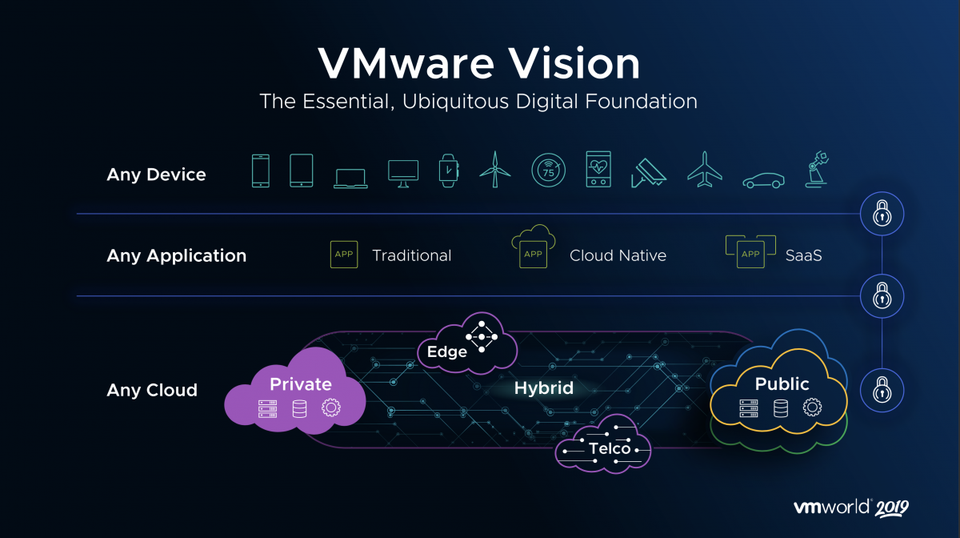
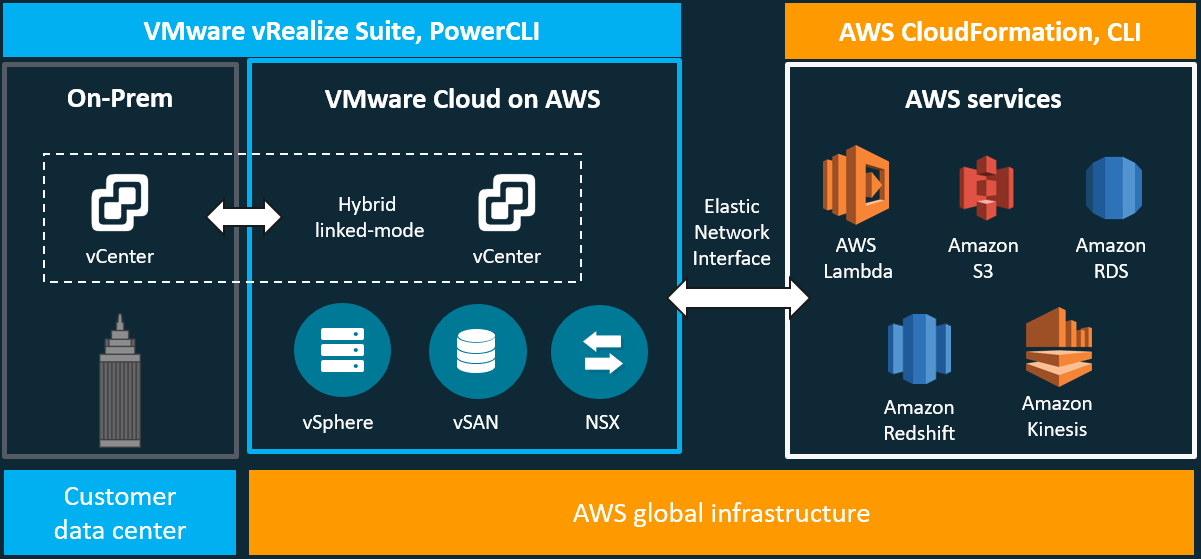

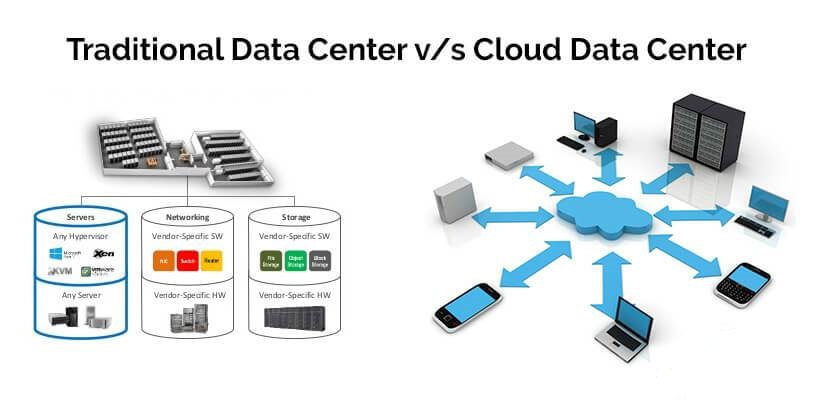

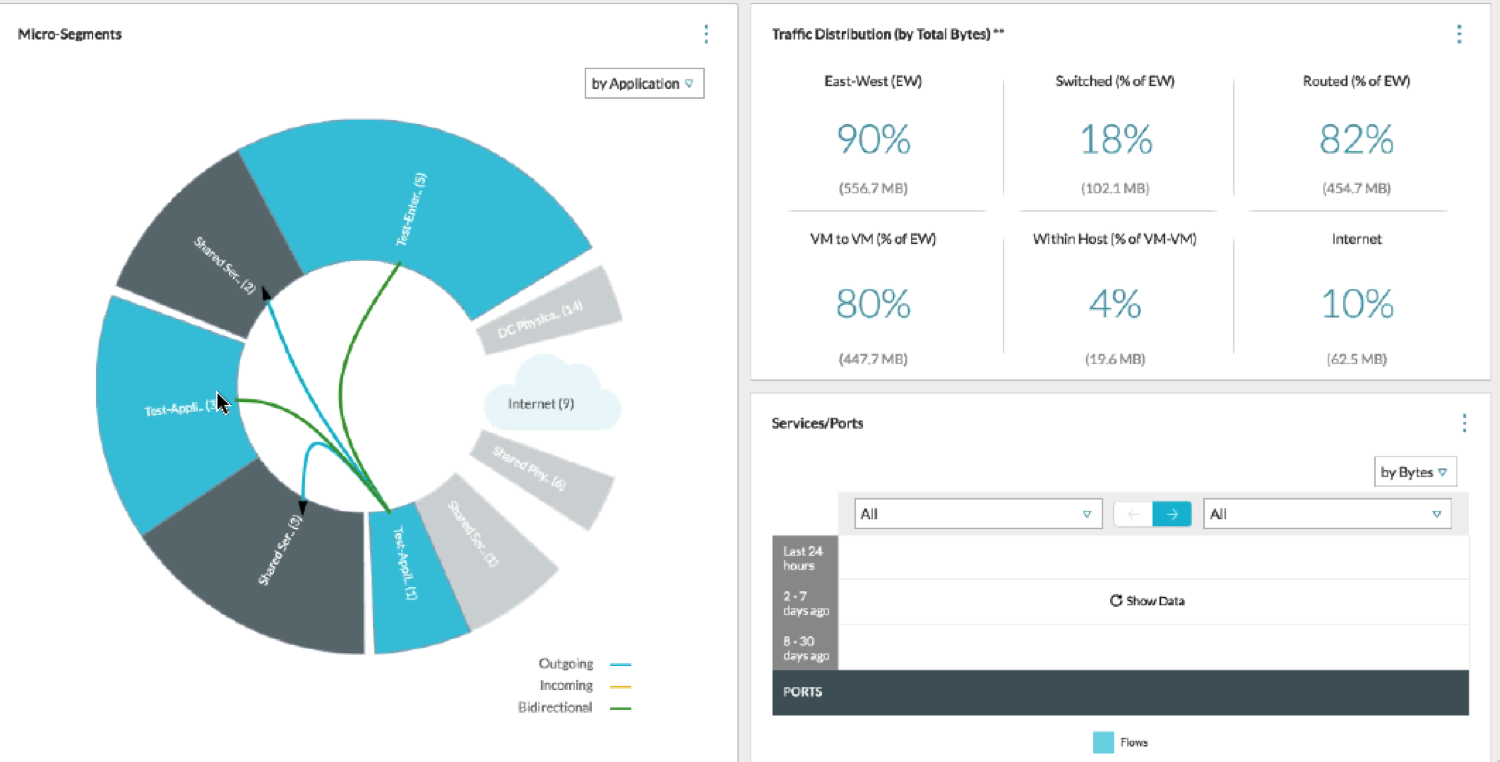
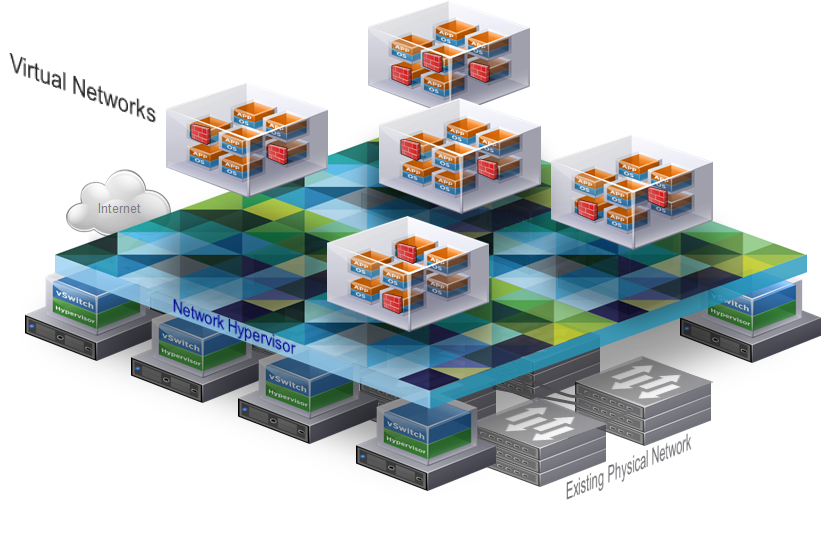

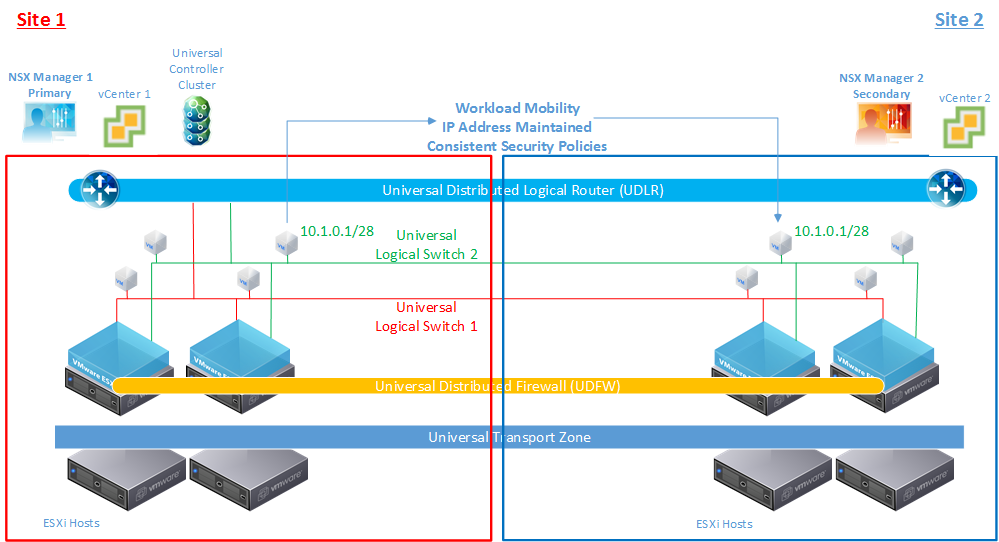
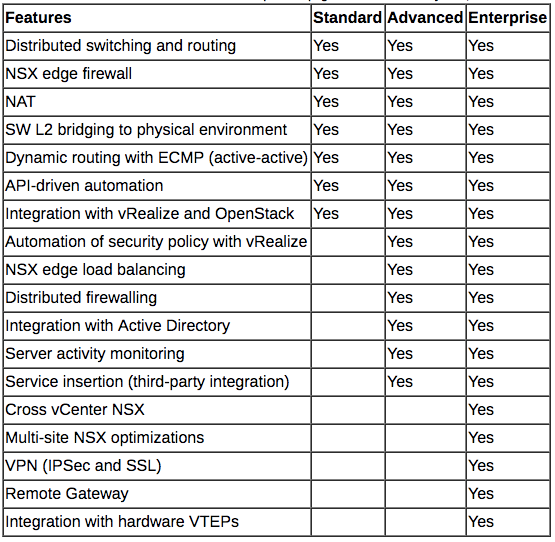


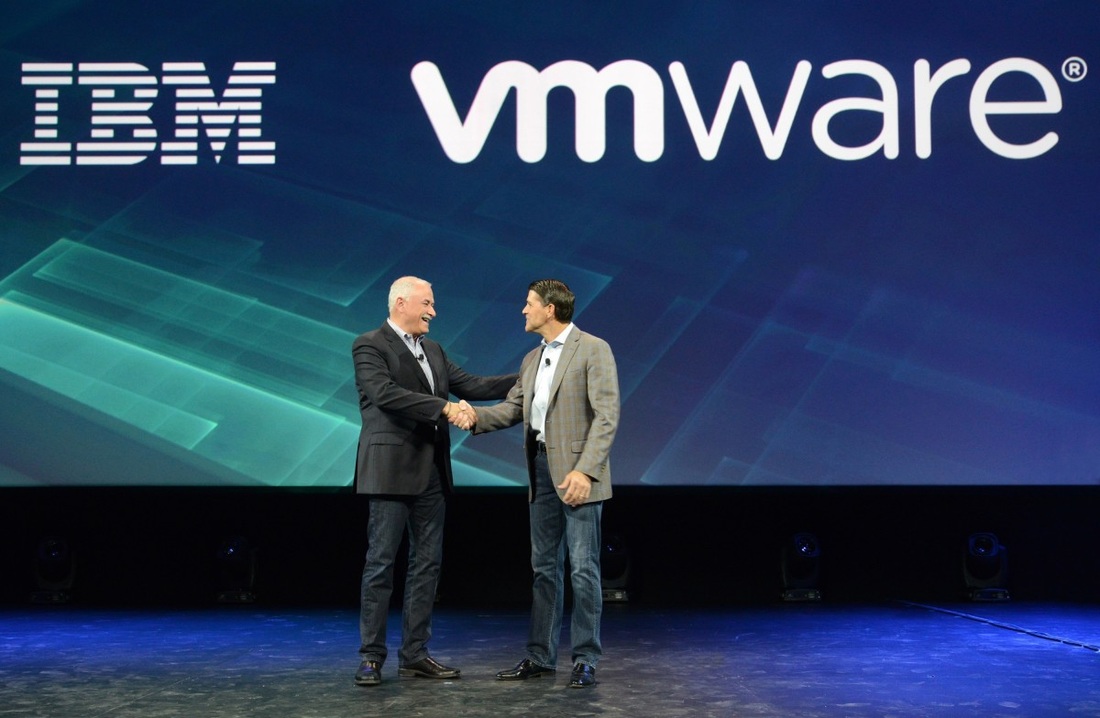
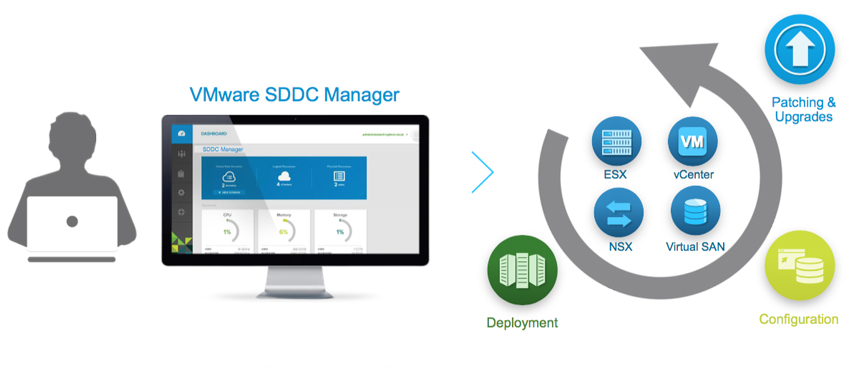
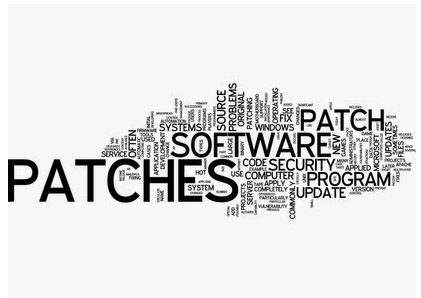
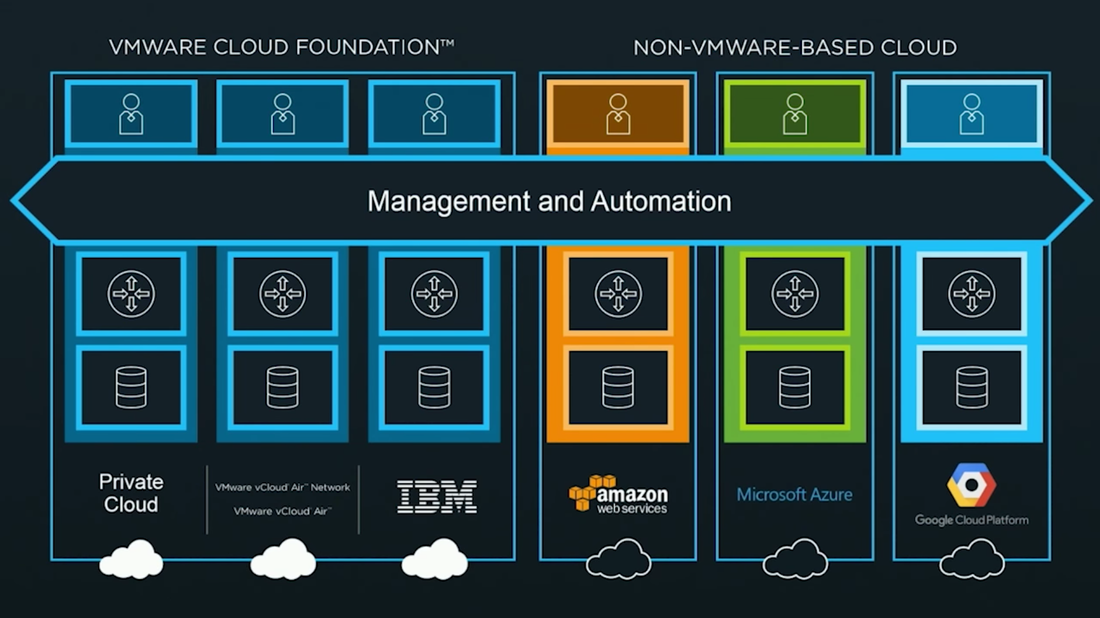

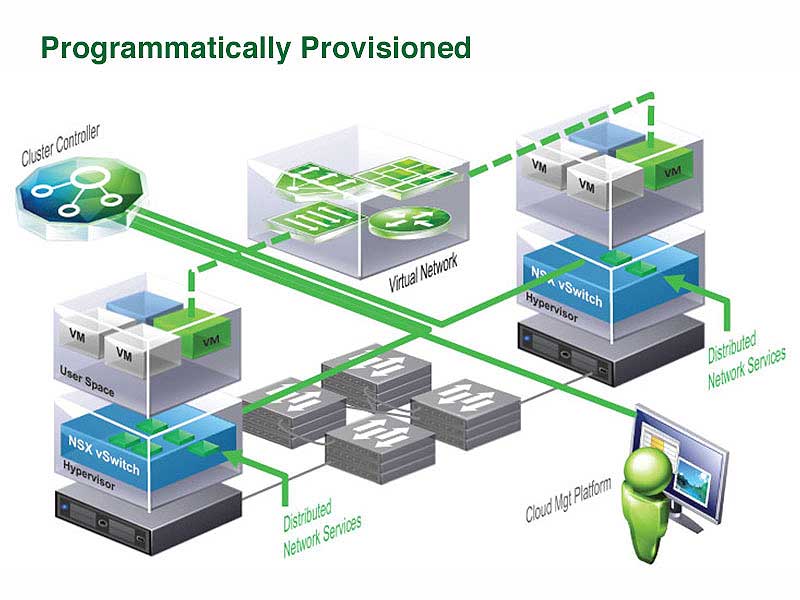
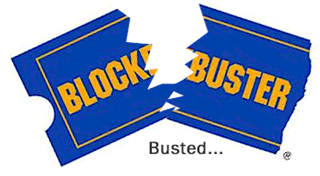


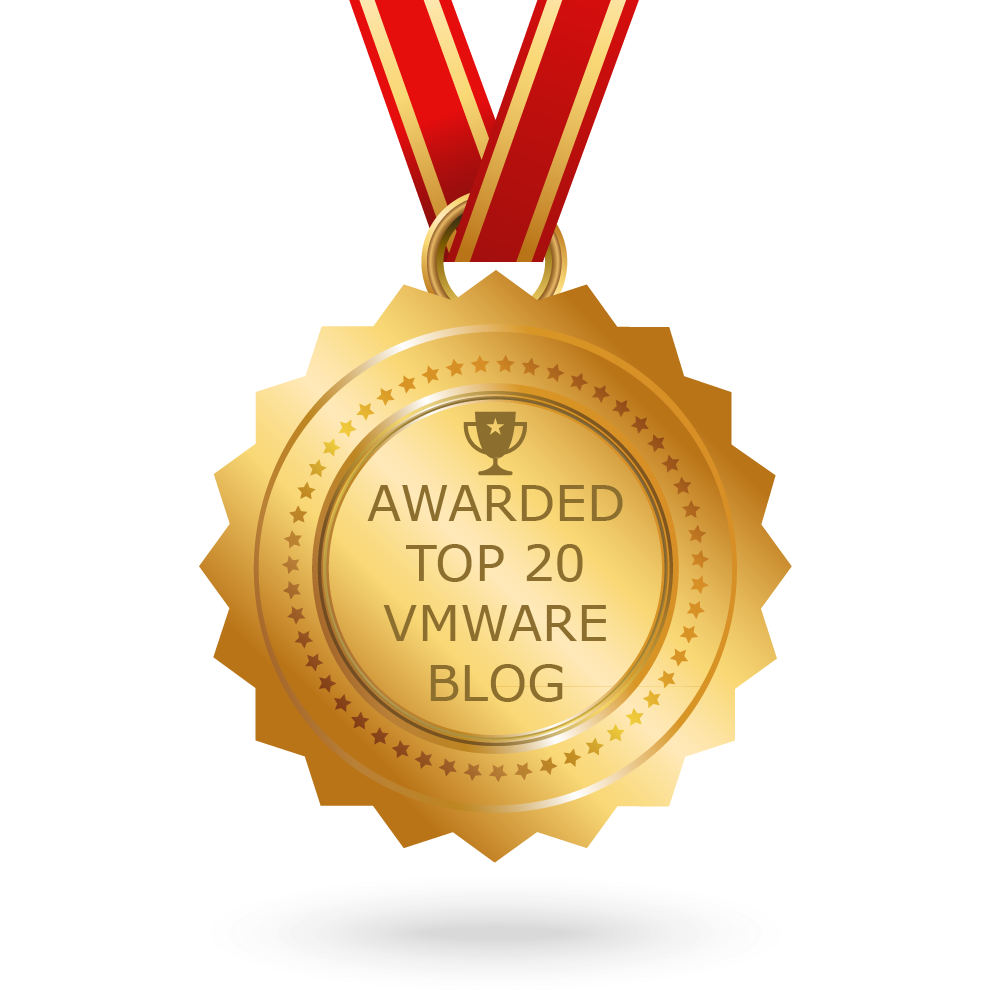
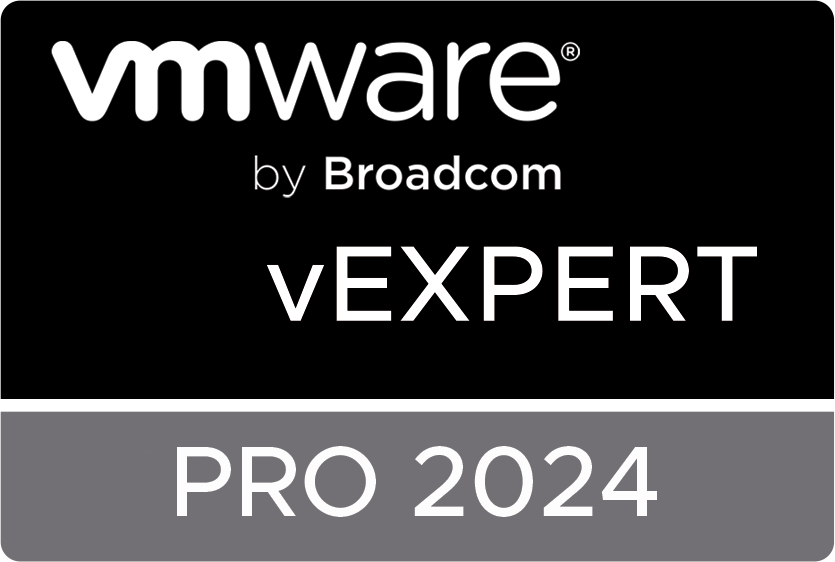


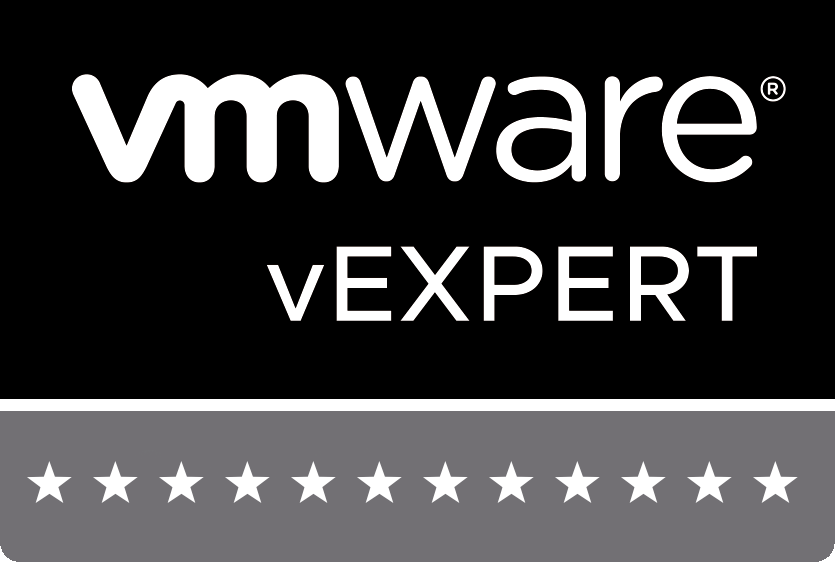
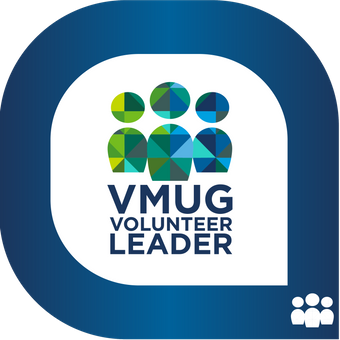

 RSS Feed
RSS Feed